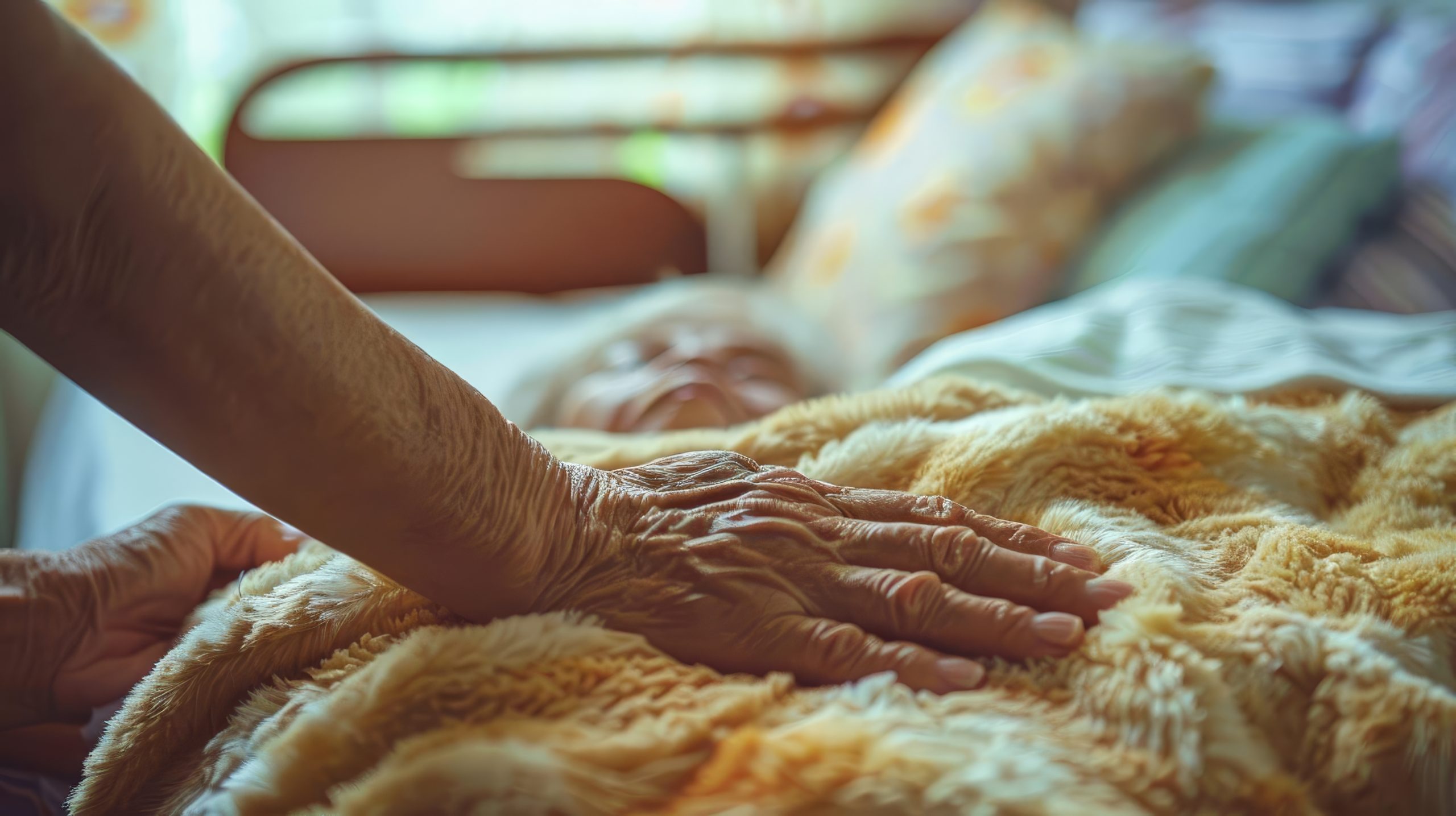Updated: Mar 15, 2021

Not a nice subject to start the year with but an essential one for all HomeCare Australia employees to be aware of. Below is an excerpt from our Recognizing and Reporting abuse and neglect policy. As we move toward quality accreditation, it is essential that all staff understand and adhere to the policy.
Recognising Physical Abuse Physical indicators: – unexplained cuts, abrasions, bruising or swelling
– unexplained burns or scalds, cigarette burns
– rope burns or marks on arms, legs, neck, torso
– unexplained fractures, strains or sprains; dislocation of limbs, bite marks
– dental injuries or eye injuries.
Behavioural signs:
avoidance of particular staff, fear of a particular person sleep disturbances, changes in behaviour (e.g. unusual mood swings, uncharacteristic aggression)changes in daily routine, changes in appetite unusual passivity, withdrawal,self-harm, suicide attempts,inappropriate explanations of how injuries occurred,excessive compliance to staff.
Recognising Sexual Abuse Physical indicators: – direct or indirect disclosure of abuse or assault
– trauma to the breasts, buttocks, lower abdomen or thighs
– difficulty walking or sitting pain or itching in genital and/or anal area; bruising, bleeding or discharge
– self-harm, abuse, suicide attemptstorn, stained or blood-stained underwear or bedclothes
– sexually transmitted diseases, pregnancyunexplained money or gifts.
Behavioural signs: sleep disturbanceschanges in eating patternsinappropriate or unusual sexual behaviour or knowledgechanges in social patternssudden or marked changes in behaviour or temperamentanxiety attacks, panic attacks, clinical depressionrefusal to attend usual places (e.g. work, school, respite)going to bed fully clothedexcessive compliance to staff.

Recognising Physical/emotional abuse Physical indicators: – speech disordersin the case of a child, lags in physical development, failure to thrive
– injuries sustained from self-harm or abusesuicide attemptsanxiety attacks.
Behavioural signs: self-harm or self-abusive behaviourschallenging/extreme behavioursexcessive compliance to staffvery low self-esteem, feelings of worthlessnessclinical depressionmarked decrease in interpersonal skillsextreme attention-seeking behaviour.

Recognising indicators of financial abuse Physical indicators: – no access to, or unwarranted restrictions on, personal funds or bank accounts
– no records, or incomplete records kept of expenditure and purchases
– no inventory kept of significant purchases
– person controlling the finances does not have legal authority
– misappropriation of money, valuables or propertyforced changes to a person’s will
– persistent failure to produce receipts
– receipts indicating unusual or inappropriate purchases.
Behavioural signs: person has insufficient money to meet normal expensesperson is persistently denied outings and activities due to a lack of funds.
Indicators of systemic Abuse Physical indicators: – no program or inadequate/inappropriate program developed for client
– not endeavouring to use staff of the same gender to perform personal duties for clients
– providing staff with insufficient training on duty of care and policies and practices related to preventing abuse.
Behavioural signs: person is persistently provided support that does not meet the requirements of their service packageperson refuses part of their service support due to feeling uncomfortable with particular staff members.
Physical indicators: – physical wasting, unhealthy weight levels
– poor dental healthfood from meals left on face and/or clothes throughout the day
– dirty, unwashed body and/or face, body odour
– person always wearing the same clothesill-fitting and/or unwashed clothes
– person is always over- or underdressed for the weather conditions
– food is consistently poor quality, insufficient, inedible and/or unappetising.
Behavioural signs: constant tirednesspersistent hungerunexpectedly poor social/interpersonal skillssigns of loss of communication and other skillsstaff member, service provider, carer or support person consistently fails to bring the person to appointments, events, activitiesperson is persistently denied opportunities to socialise with others in the community.

Procedure:
Anyone who witnesses or is notified about an incident or allegation of abuse, neglect and exploitation in relation to vulnerable person must ACT.
1.Protect the person Make the person who has experienced abuse safe, provide medical assistance as required, and/or remove the source of harm or potential harm from the person (e.g. other people, harmful objects). Explain to the person what is happening and that it is not their fault.
2: Preserve and record the evidence. Where relevant, and especially for criminal acts, maintain the scene of the incident, take photos and protect any personal articles involved. Write down or record on your phone what you know. Include what you know about the situation, the people and services involved, and any witnesses. 3. Contact your Manager and Head Office Contact your Manager and someone in authority at head office immediately – a manager or the Managing Director. You will be required to complete an incident report. Immediately report criminal acts or deaths to the police. In line with your service’s policies, record the complaint, write an incident report and follow processes for dealing with incidents, complaints and allegations.







